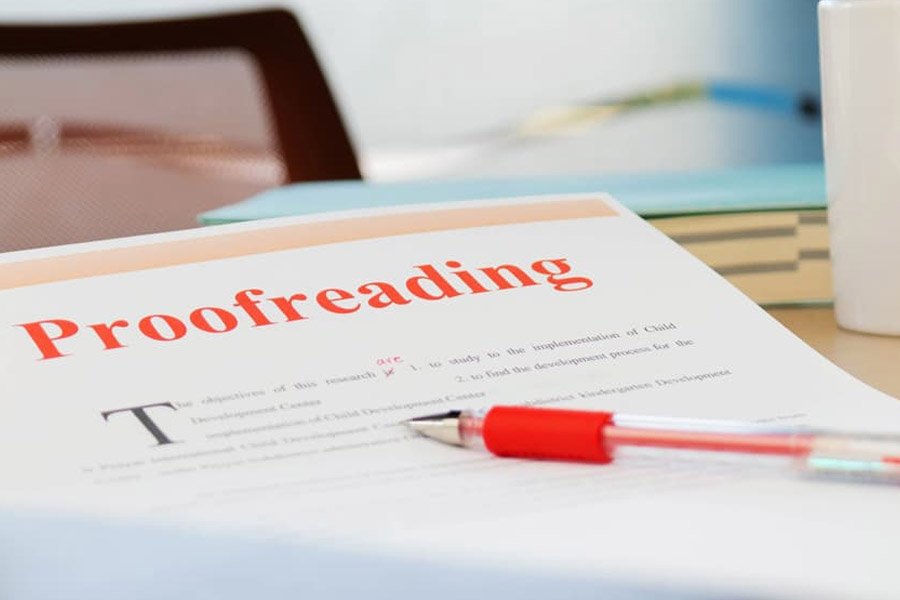Every author knows that while writing and editing the text, the eye is blurred. You look at the text and read not what is written but what you want to see. In this article, I’ll show you how to beat the blur effect and how to improve the quality of the text. You will find out what to pay attention to first of all while working on the written text.
Text quality
First of all, the question arises: what kind of text is considered to be of high quality? There are many approaches to defining and ensuring the quality of the text. On the one hand, it is compliance with international, national, or academic standards. On the other hand, this is compliance with the quality criteria: relevance, completeness, detail, etc. The enumeration can be continued, but this will already be the subject of writing a reference book. In any case, the text must comply with the rules of the language in which it is written.
In practice, each author independently determines the requirements for the quality of the text and tries to adhere to them. Despite the volume and variety of requirements, they can be divided into two groups:
- Requirements for the quality of the content (table of contents).
- Requirements for the quality of the text sections.
The written text must first of all be worked out in these two directions. As a result, the text will be clearer, simpler, and, therefore, better. However, if it is hard for you to meet these requirements, you can get help on essay writing service essayshark.com. The team of the service consists not only of writers but of proofreaders as well. As a result, you will receive a polished and high-quality text.
The order of work on the text
When the draft of the text is ready, I put it off for about a day. Then I start working with the text from the form to the content, from the structure of the content to the text of the sections.
Document structure check
The draft structure of the text always changes during writing. If the section turns out to be voluminous, it is divided into parts. New sections are added, and unnecessary ones are removed. After analyzing the inconsistencies that you find most often in the text of the draft, I formulated for myself the following basic requirements for checking the content:
- Parallel constructions are recommended for section headings.
- The content of the sections should correspond to the topics stated in the headings.
- Headings should not be very long.
- The depth of the formal structure should be adequate.
- Parallel structures. Everything is clear here: “Creating a document,” “Editing a document,” and “How to delete a document” change to “Deleting a document.” Or vice versa: write everything through “How to …”, for example, if these are answers to frequently asked questions.
- The title is the topic. Often it turns out that the original section was disbanded but not renamed. Sometimes it’s better to rename a section. Sometimes it is better to open the topic to the end. You need to read and correct it.
- Heading length. At the same time, adjust the length of the headers. The optimal length is no more than six significant words (remember Miller’s law). There should not be a dot at the end of the title. But if you write according to specific requirements, skip this recommendation. Sometimes, the heading can consist of several sentences separated by a dot (without a dot at the end).
- Structure depth. It is good if the depth of the content in the document is even and is 3-4 levels of nesting. It’s okay if some sections of the first level have only subsections while others have paragraphs and subparagraphs. But sometimes, it happens that in some sections, the depth exceeds 5-6 levels of nesting. In this case, it is better to rework the text and raise significant information to the top.
Having brought the structure of the text in order, proceed to the text in sections. When writing a text, it is not always possible to control all its characteristics. The result is large paragraphs, complex sentences that are not highlighted by the spell checker, and errors and typos that are not corrected. Therefore, working through the text, I pay attention first of all to the following points:
- The text should not contain errors or typos.
- The text should be short and clear.
- Similar wording should be uniform.
- The names and terms must be accurate.
- Mistakes and typos. Upload the text to a text editor and check it with a spell checker. As a result, correct the bulk of errors and typos, but not all. What do I use? Grammarly is a good editor for finding even minor mistakes.
- Brevity and clarity. Next, solve the issue with blurring: change the type and size of the font. If a serif font was used (for example, Times New Roman), change it to a sans-serif font (for example, Arial). But od it only if it is mentioned in requirements. Read the text aloud. Mark and work on all the places where you stumbled.
Pay special attention to large paragraphs and long, complex sentences. Divide them into parts and simplify. Also, check paragraphs consisting of one sentence. Normally, this should not be the case, but there are exceptions. If possible, change the passive voice to active. Where appropriate, add subheadings. At the same time, correct missed errors and typos. Read the revised text again. The good text should be read freely without stumbles.
- Formulations. In the text, it is recommended to use standard wording. Check the uniformity of the wording. It is better to make a list of such formulations at the beginning before writing a text. It will save time during proofreading!
- Name accuracy. In order not to confuse users, the names and terms should correspond to the fact and be uniformly formatted, for example, in bold. Check whether the names and terms are accurately given.
The above list of recommendations for proofreading a text is not exhaustive. In each specific case, it can and should be supplemented and expanded. But this is the basis that is suitable for working through most non-fiction texts. The described technique is very simple and does not require special knowledge or financial investments. You need to put in the time and effort. Any author can apply this technique to make their texts simpler and better.
















